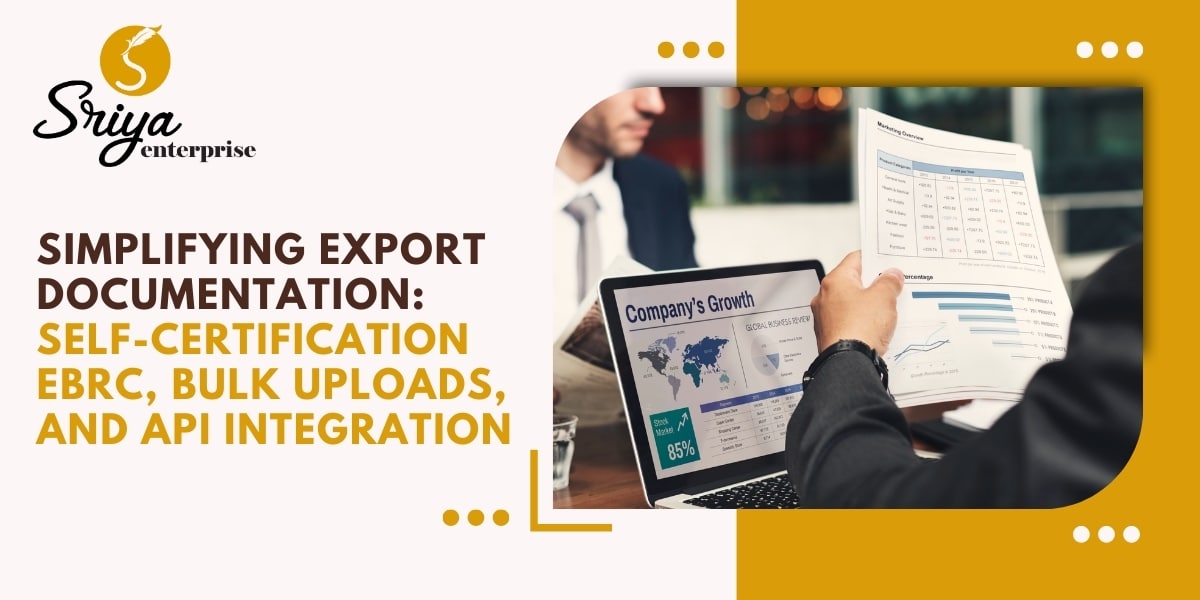Sriya Enterprise recently conducted an insightful Trade Finance and FEMA Workshop at SRF Limited in…

A Beginner’s Guide to Trade Finance
To succeed in today’s global marketplace and win sales against foreign competitors, exporters must offer their customers attractive sales terms supported by the appropriate payment methods. Because getting paid in full and on time is the ultimate goal for each export sale, an appropriate payment method must be chosen carefully to minimize the payment risk while also accommodating the needs of the buyer. Thus, trade finance provides support in four major areas as seen above. They include Payment facilitation, enabling secure and timely payment across borders, for example, through proven communication methods, such as SWIFT (a secure bank-to-bank messaging system used to transmit bank instruments, such as letters of credit, as well as payments between financial institutions). Secondly, financing to one or more parties in a trade transaction, whether it is the importer, exporter, or one of the banks. The third area is Risk mitigation, either directly through the features available in a trade financing mechanism or indirectly through insurance or guarantee products designed to meet the needs of importers and exporters. Finally, trade finance services also include providing information on the movement of goods and the status of the related financial flow.
Understanding Trade Finance
Trade finance is the financing of international trade flows. It exists to mitigate, or reduce, the risks involved in an international trade transaction.
There are two players in a trade transaction: (1) an exporter, who requires payment for their goods or services, and (2) an importer who wants to make sure they are paying for the correct quality and quantity of goods.
What Are Risks?
As international trade takes place across borders, with companies that are unlikely to be familiar with one another, there are various risks to deal with. These include:
Payment risk: Will the exporter be paid in full and on time? Will the importer get the goods they wanted?
Country risk: A collection of risks associated with doing business with a foreign country, such as exchange rate risk, political risk, and sovereign risk. For example, a company may not like exporting goods to certain countries because of the political situation, a deteriorating economy, the lack of legal structures, etc.
Corporate risk: The risks associated with the company (exporter/importer): what is their credit rating? Do they have a history of non-payment?
To reduce these risks, banks – and other financiers – have stepped in to provide trade finance products.
Benefits of Trade Finance
Risk Mitigation: Minimize payment risks and protect against non-payment or delivery risks.
Financial Flexibility: Access to financing options that support cash flow and working capital needs.
Global Reach: Expand market reach and engage in international trade with confidence.
Sriya Enterprise: Your Trusted Trade Finance Advisor
Sriya Enterprise is a renowned Trade Finance advisory firm dedicated to assisting businesses in navigating the complexities of international trade. With expertise in financial risk management and comprehensive knowledge of global trade regulations, Sriya Enterprise offers personalized solutions to optimize trade transactions.
Trade Finance in India
In the context of India, Trade Finance plays a pivotal role in supporting the country’s export-import activities. Regulatory frameworks and banking institutions facilitate the seamless execution of Trade Finance transactions, contributing to India’s economic growth and global trade relations.
Conclusion
Embracing Trade Finance empowers businesses to mitigate risks, enhance liquidity, and foster growth in the competitive global marketplace. Whether you’re exploring new export markets or seeking efficient payment solutions, understanding Trade Finance fundamentals is essential for sustainable business success.



